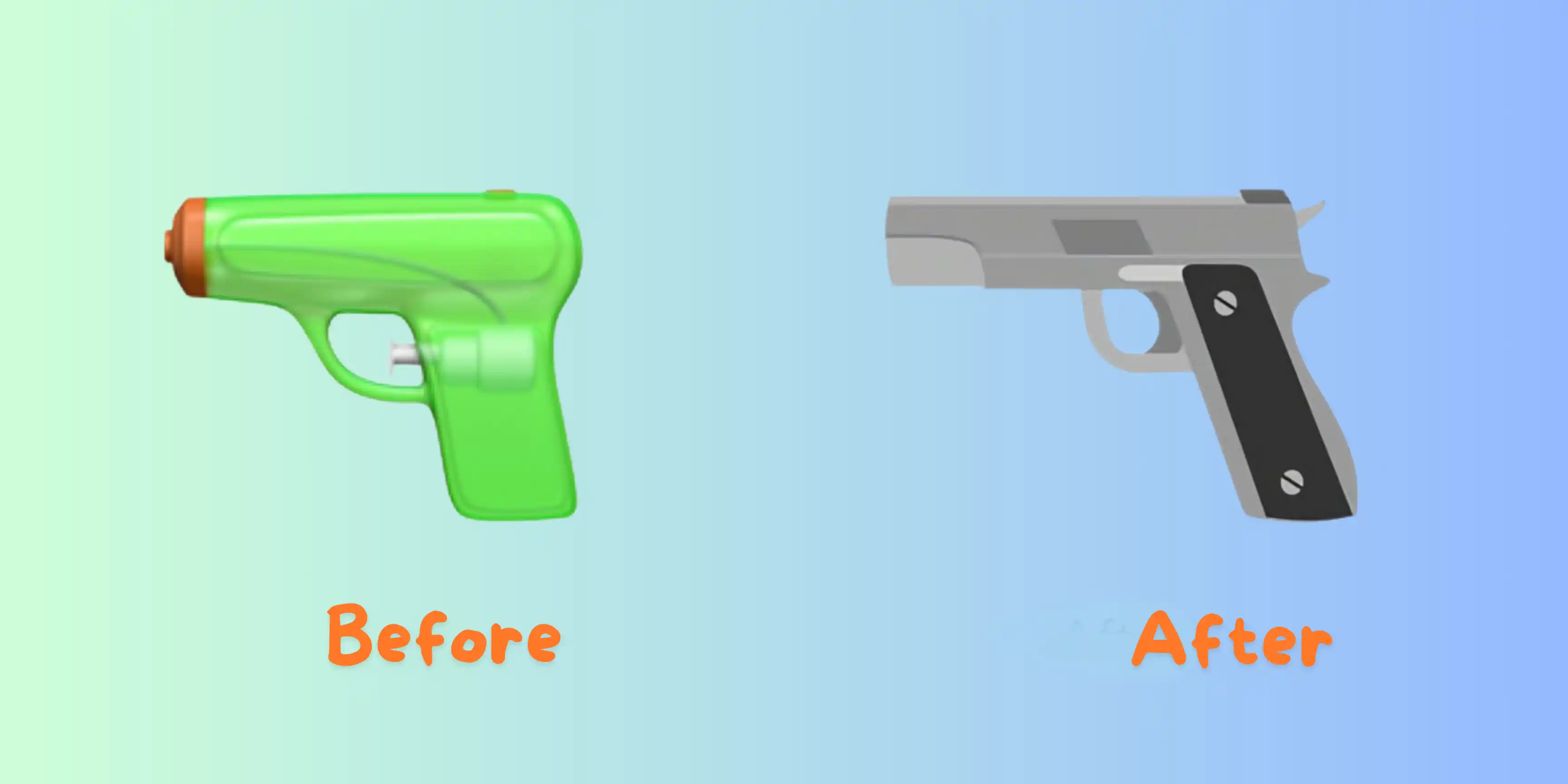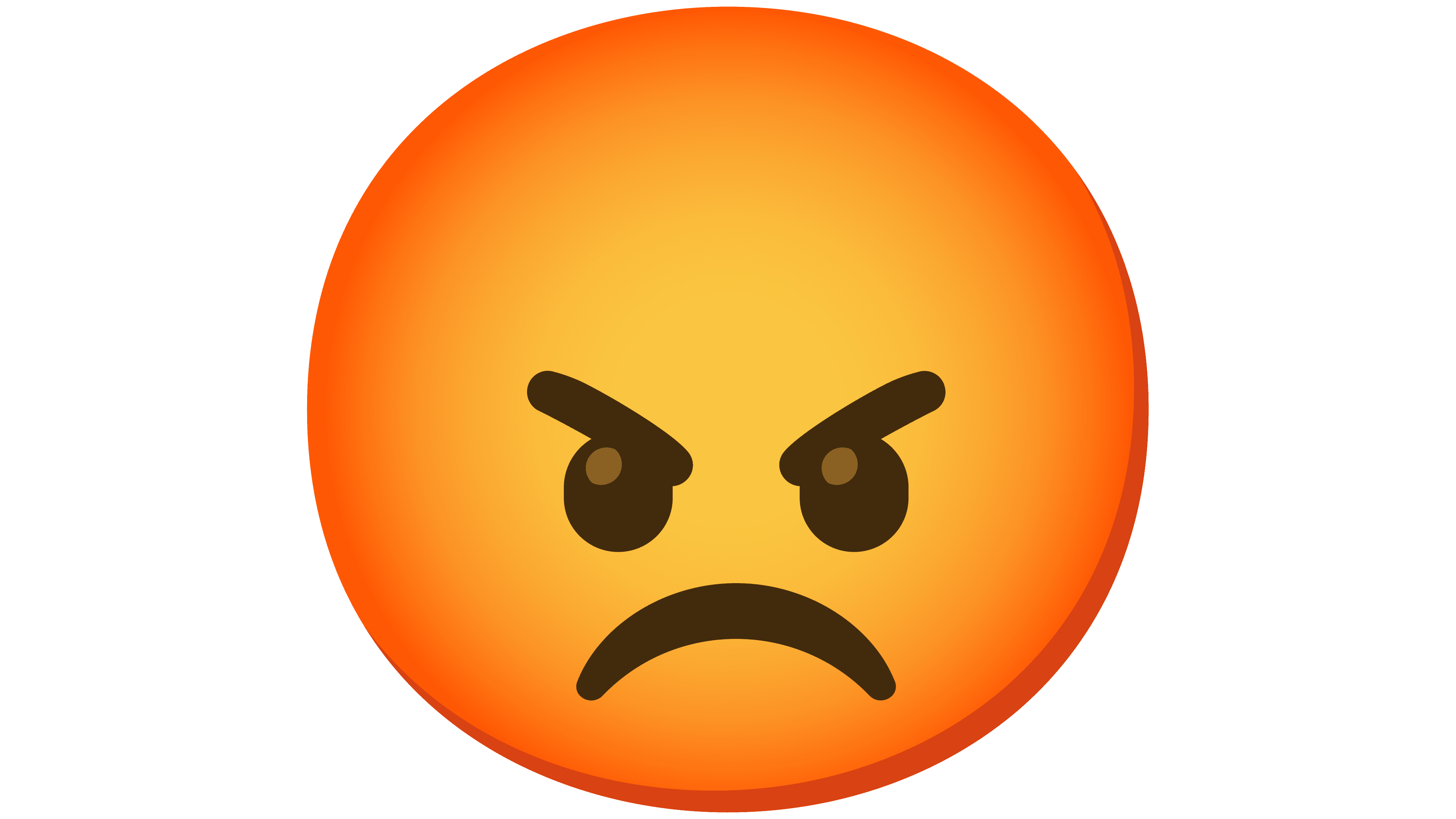You know, it's almost a given these days to see little pictures, these tiny symbols, pop up in our messages and on our social feeds. These small icons, called emojis, truly help us share feelings and ideas quickly. One such picture, the burgler emoji, often catches our eye. It shows a figure, typically masked, perhaps carrying a sack, and it makes you think a bit about what it stands for.
This little symbol, so it seems, brings to mind someone who takes things without permission. It carries a certain visual weight, doesn't it? People use it for many different reasons, some playful, others a bit more serious. We're going to look closely at what this burgler emoji really means, both on your screen and in the wider world.
We'll also, in a way, sort out the actual definition of a burglar, which is pretty important for context. This way, you can get a clearer picture of this interesting emoji. We aim to help you understand its uses and what it might suggest when you see it or perhaps even use it yourself.
Table of Contents
- What is a Burglar, Anyway? Getting the Real Picture
- The Burgler Emoji: A Digital Symbol Explained
- Why This Emoji Pops Up Now: Current Trends
- Your Questions About the Burgler Emoji, Answered
- Conclusion
What is a Burglar, Anyway? Getting the Real Picture
A Deep Look at the Word "Burglar"
So, what exactly is a burglar? Well, basically, a burglar is someone who carries out a burglary. That's the simple definition, you know, from the dictionary. It means they commit a specific kind of act. This act is a property crime, as a matter of fact.
The core of burglary, or housebreaking as it's sometimes called, involves going into a building without permission. This entry is against the rules. It's an illegal entry into a place, typically with a bad aim in mind. This bad aim usually involves taking things that do not belong to them.
A burglar, quite often, will force their way in. They might break a window, or they could pick a lock. Their main goal, as I was saying, is to get valuable items. The act of doing this is burglary. In the United States, we say "to burglarize," while in Britain, they say "to burgle."
A burglar, therefore, is an individual. This person enters a building unlawfully. This could be a home or a business. Their purpose is to commit a theft or some other criminal deed. Their actions, you know, usually take place with a clear intent to steal.
For example, burglars once broke into a gallery. They then took many priceless items. This shows, in a way, the kind of actions a burglar might do. They are focused on illegally entering and taking things.
Burglar vs. Thief vs. Robber: Clearing Up the Confusion
It's pretty common to mix up these words: thief, robber, and burglar. But, actually, they mean different things. Knowing the difference is important, especially when you think about the burgler emoji. Each word describes a slightly different kind of wrongdoer.
Anyone who steals something can be called a thief. This is the most general term, you know. If you take something that isn't yours, you are a thief. It doesn't matter how you got it. This could be shoplifting, or taking something from a friend without asking. So, a burglar is a thief, but a thief is not always a burglar.
A robber, on the other hand, is someone who often uses force. They might threaten violence to take things. This usually happens from people or from places where people are present. Think of a bank robbery, for instance. There's a direct threat, or actual violence, involved. This is a key difference from a burglar. A robber might take money from a person directly, using fear. That, in a way, is what sets them apart.
Now, a burglar, as we've talked about, focuses on illegal entry. They go into a building without permission. Their aim is to steal things once inside. They typically do not use violence against people directly during the act of entering. Instead, they might break into a house or a shop. Their crime is about the unlawful entry into a place, with the intention to steal. This is a property crime, rather than a crime directly against a person with force. So, a burglar might break a lock, but not necessarily threaten someone with a weapon, you know, during the break-in itself.
So, to sum it up: a thief is anyone who steals. A robber uses force or threats. A burglar breaks into a building. They are all, in a way, people who take things. But the method and the setting are what truly make them distinct. This distinction, in fact, helps us understand the specific meaning of the burgler emoji.
The Burgler Emoji: A Digital Symbol Explained
What the Burgler Emoji Looks Like and Why It Matters
The burgler emoji, which is what we are focusing on, usually shows a figure. This figure wears a dark mask, often covering their eyes. They might have a striped shirt, and sometimes they carry a bag. This bag, you know, often has a dollar sign or a swirl on it, suggesting money or stolen goods. It's a very recognizable image, actually.
This visual, quite simply, points to the idea of someone who takes things secretly. The mask suggests hiding identity. The bag, too, represents the items being carried away. It's a pretty clear visual cue for theft or breaking in. This emoji, therefore, matters because it quickly communicates a specific idea without needing many words. It's a shorthand for a certain kind of activity.
The appearance can vary slightly across different phones or platforms. Yet, the core elements remain. You'll always see that masked figure, more or less, and the hint of something being taken. This consistency helps everyone understand its general meaning, which is important for communication. It's a widely understood symbol, you know, in the digital world.
Common Ways People Use the Burgler Emoji
People use the burgler emoji in many contexts. One common way is to talk about literal theft. For example, if someone's bike was stolen, they might use the emoji to describe what happened. It's a quick way to show, you know, a bad event related to property. This is a straightforward use of the symbol.
Another frequent use is in a playful or joking way. Someone might say, "I'm going to burgle your snacks!" followed by the emoji. This means they are going to sneakily take snacks, not actually break in. It adds a bit of humor to the message. It's a way of being silly, in a way, about taking something small.
It also appears when talking about "stealing" a deal or getting something for free. Imagine someone saying, "I got this for practically nothing! 💰🤫" and then adding the burgler emoji. It implies they got a really good bargain, almost like they "stole" it from the seller. This is a common, lighthearted usage, actually.
Sometimes, people use it to describe digital mischief. This could be about sneaking into a private online group or finding a secret online Easter egg. It suggests, you know, a bit of cleverness or breaking a minor rule in a digital space. It's about being sneaky online, in some respects.
You might even see it related to privacy concerns. If someone feels their data is being taken without permission, they might use the emoji. It's a way to express a feeling of being violated in the digital sense. This usage, too, highlights the idea of unauthorized access. It's a visual shorthand for a feeling of intrusion, more or less.
Beyond the Obvious: Hidden Meanings of the Burgler Emoji
Beyond the simple ideas of theft or playful mischief, the burgler emoji can carry more subtle meanings. For instance, it might represent a "secret mission." Someone could be planning a surprise party and use the emoji to hint at their secretive actions. It suggests, you know, a covert operation, but for a good cause.
It can also imply taking advantage of an opportunity. If a stock market tip comes in, someone might use the emoji to show they are about to "steal" some profits. It's about seizing a chance quickly and cleverly. This use, in a way, shows a quick grab for something beneficial.
Sometimes, it's used to describe someone who is very sneaky or elusive. "That cat is such a burgler, always stealing my spot on the couch!" This isn't literal theft, but it captures the essence of a sly, uninvited takeover. It's a fun way to describe a pet's antics, as a matter of fact.
It might also appear when someone is "stealing" someone else's thunder. If a friend tells a joke that another friend was about to tell, the "victim" might use the emoji. It's a humorous way to express that their moment was taken. This highlights, you know, a moment of being outmaneuvered.
So, while its main meaning points to illegal entry and theft, the burgler emoji is quite versatile. It can show, you know, a range of actions from truly bad to simply playful or clever. Its visual simplicity allows for many interpretations in daily digital talk. It's a pretty adaptable little symbol, it seems.
Why This Emoji Pops Up Now: Current Trends
The Burgler Emoji in Online Talk and Social Media
The burgler emoji has, in a way, found its place in the fast-moving world of online conversations. On social media, it often appears in humorous contexts. People use it in memes or funny posts about everyday "crimes," like stealing the last cookie. This lightens its original, serious meaning, you know, for a laugh.
It also pops up in discussions about digital privacy. With more talk about data breaches and online security, the emoji can serve as a quick visual. It hints at unauthorized access to personal information. This is a more serious use, actually, reflecting current concerns.
You might see it in reaction to news stories about actual burglaries or property crimes. It provides a shorthand way to comment on such events without typing a lot. This shows, in some respects, how emojis can connect to real-world happenings. It's a quick way to react to the news.
The emoji is also used in gaming communities. Players might use it to describe sneaking into an opponent's territory or taking their resources. It fits the theme of stealth and strategy in many games. This makes it, you know, a relevant symbol for gamers.
Its presence in trending topics suggests that it's a useful tool for quick communication. It conveys a complex idea with just one small picture. This adaptability, in fact, helps it remain relevant in our ever-changing digital conversations. It's a pretty handy symbol, it seems.
Keeping Your Digital Space Safe: A Lighthearted Connection
While the burgler emoji is often used for fun, it also, in a way, touches on the idea of digital safety. When we talk about "breaking and entering" in the online world, it means someone getting into your accounts without permission. This is, you know, a serious concern for everyone.
The emoji, in a very subtle way, can remind us of this. If you see someone post about strong passwords with the burgler emoji, it's a playful warning. It suggests, "Don't let digital burglars get in!" This is a good way to bring up an important topic without being too scary. It makes the conversation a bit lighter, actually.
It can also be a prompt to think about your online habits. Are you sharing too much? Is your information secure? The emoji, you know, might make you pause for a moment and consider these things. It's a little nudge towards better digital hygiene, in some respects.
So, while it's just a picture, it carries a hint of caution. It reminds us that just like physical spaces, our digital spaces need protection too. This makes the burgler emoji, you know, more than just a simple image. It's a symbol with a bit of a message for our times. Learn more about on our site.
Your Questions About the Burgler Emoji, Answered
Frequently Asked Questions
What does the burglar emoji mean?
The burglar emoji, in a way, mostly stands for someone who commits burglary. This means they illegally enter a building, like a house or a shop, with the aim of stealing things. It can also mean general theft or sneaking around. You know, it's about taking things without permission. It's a pretty direct symbol for that.
When should I use the burglar emoji?
You might use the burglar emoji when talking about actual theft or a break-in. For example, if you hear about a property crime, it's a quick way to refer to it. It's also very common for jokes or playful situations, like "stealing" the last slice of pizza. You know, it adds a bit of humor to everyday situations. Or, you could use it to talk about getting a really good deal, almost like you "stole" it.
Is the burglar emoji negative?
Well, the burglar emoji can be negative, as it represents a criminal act. However, it's often used in a lighthearted or humorous way, too. So, its meaning really depends on the context of the conversation. You know, it's all about how someone uses it. It's not always meant to be serious or bad, in some respects.
Conclusion
So, we've explored the burgler emoji. We looked at its real-world meaning, which is about someone who illegally enters a building to steal. We also saw how it differs from a thief or a robber. A burglar, you know, is quite specific in their actions.
This little emoji, as we discussed, is used in many ways. It can be for serious talk about crime. But, actually, it's often used for fun. It pops up in jokes, for describing clever deals, or even for sneaking around in online games. It's a pretty versatile symbol.
Its presence in our daily online chats shows how emojis help us communicate quickly. They add a bit of personality to our messages. They also, in a way, reflect current trends and concerns, like digital security. So, the next time you see the burgler emoji, you'll have a better idea of what it might be saying. You can also explore more digital symbols and their meanings. Link to this page for more insights.
For a deeper understanding of the term "burglar," you might want to check out an official definition. An online dictionary, for instance, can provide further details on its usage and history. You know, it's good to get information from reliable sources. You can find more here.



